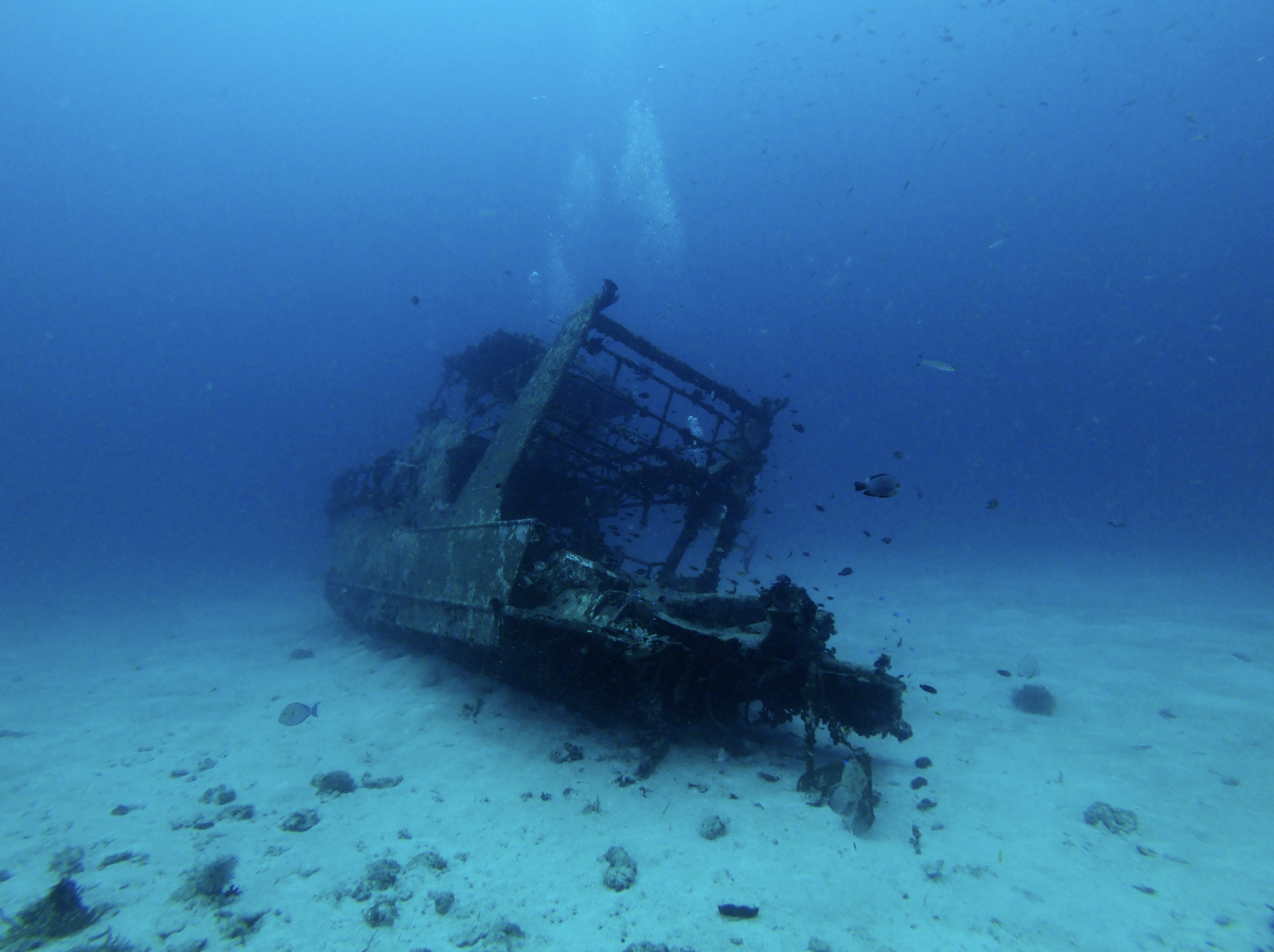Preserving Lake Erie’s Shipwrecks Around Erie, Pennsylvania
A proposed national marine sanctuary would serve to protect these wrecks while still encouraging exploration.

Some 1,000 shipwrecks have occurred in Lake Erie — and about 200 of those happened off the coast of Erie, Pennsylvania.
Some are more well known than others. The Dean Richmond was a propeller freighter that fought — and lost to — a ferocious storm in Lake Erie in 1893. Its 18 crew members perished and its cargo of zinc ingots and other merchandise was sunk. The wreck was discovered in 1984 in 95 feet of water, six miles offshore northeast Pennsylvania. The rudder and partial bow are still visible to divers.
But that’s not the most interesting thing about the wreck.
“People thought it had some sort of treasure. It didn’t,” says Benjamin Ford, an archeologist with the University of Indiana with a specialty in maritime archeology. “But that idea sort of impacted it because of people trying to get treasure off it. It’s a good example of why we want a marine sanctuary to preserve things like this.”
And that’s exactly what’s in the works.
The proposed Lake Erie Quadrangle National Marine Sanctuary is a 740-square-mile area in the Pennsylvania portion of Lake Erie with 35 known shipwreck locations. The proposal was first submitted to the Office of Marine Sanctuaries in 2015 by Erie County officials, and a decision is expected in 2026. If designated, it would be Pennsylvania’s first national marine sanctuary.
“People look at the Great Lakes and they see they are beautiful. But they don’t really know what is at the bottom of the lakes,” says Ellen Brody, Great Lakes Regional Coordinator for the National Oceanic and Atmospheric Administration’s (NOAA) Office of National Marine Sanctuaries.
Brody said her office’s main goals are management and protection and to provide education and research opportunities.
“This would be the fourth dot on the map for the Great Lakes. It is so significant,” says Brody, counting the lakes’ proposed national marine sanctuaries. “All of these sites focus on maritime heritage, history, shipping, shipwrecks, archeology. There are so many stories to tell and so many connections to be made to indigenous people and others. Erie and Ontario represent the earliest history of the Great Lakes.”
The Lake Erie Quad also has significant ties to the Underground Railroad and the pre-Civil War steamboat era.
Going east to west or west to east, most all ships traveling the Great Lakes in the 19th and 20th centuries passed through Lake Erie. Ford believes the proposed area of the sanctuary is significant because it saw every kind of vessel that was sailing the waters at the time, from “sailing vessels to steam-powered vessels, fishing vessels and steamer barges."
Add that diversity to the shallowness of Lake Erie and its frequent and powerful storms plus a short-wave cycle that didn’t allow vessels time to right themselves in between waves, and “an underwater living museum” comprised of fascinating shipwrecks was created.
Ford, a volunteer member of the Pennsylvania Archeology Shipwreck Survey Team, said it is reasonable that the public has questions about the marine sanctuary and its impact on the area’s environment, recreational opportunities, community’s economics and quality of life.
“We make an investment in a community. We bring federal dollars but also all the assets, including research vessels and researchers, divers and educators,” says Brody, addressing those questions.
“We certainly wouldn’t do anything that had a negative impact on the environment. And we don’t use regulatory means to protect Lake Erie. We don’t have fishing regulations or water quality regulations. That’s outside of what we are doing.”
Recreational fishing, diving and boating would be allowed within the Lake Erie Quadrangle National Marine Sanctuary. Some restrictions for boaters in the area would apply, however. No anchoring near a shipwreck site would be permitted, but the sanctuary would have its own mooring bays.
“Being named a national marine sanctuary would be an economic boost to the area,” believes Ford. “It will bring attention to the region and bring in additional divers and people interested in cultural tourism. Those people will stay in hotels, go to restaurants and frequent shops.”
While each sanctuary has its own set of regulations, at a site like Pennsylvania’s it would likely mean that divers could explore the shipwrecks, but would be prohibited from disturbing the site in any way.
Brody says each of the country’s 14 national marine sanctuaries is unique. She wants her office to be “deliberate in how many are added” to keep their status and prestige.
Historical value is a huge incentive for earning national status. But there are other reasons that particularly appeal to younger generations, she says. That includes the amazing and vast opportunities to involve new technologies and future underwater robotics that will help unlock a myriad of untold mysteries.
Want more Lake Erie in your life? Subscribe to our free The Splash newsletter. It’s your guide to the best food, drinks, parks, beaches, shopping, festivals, music and more.
Story:
Jill Sell
2023 July/August






